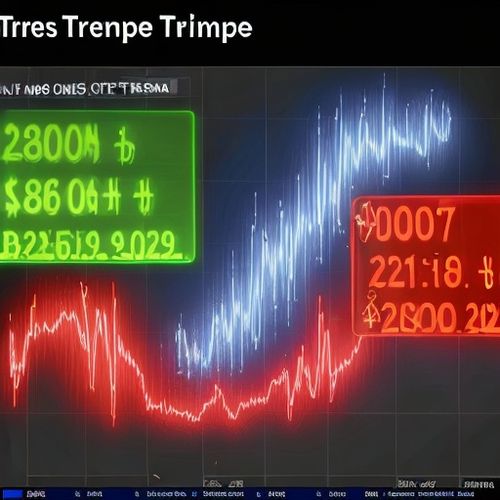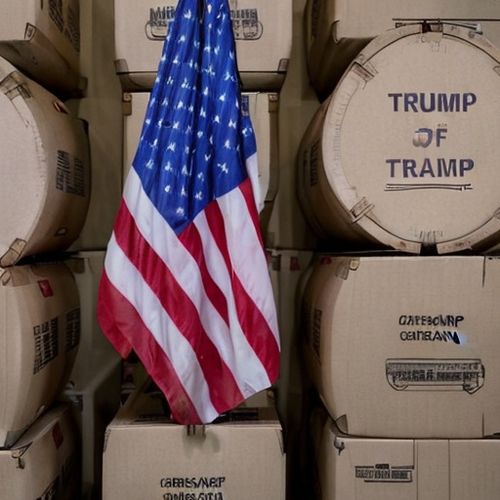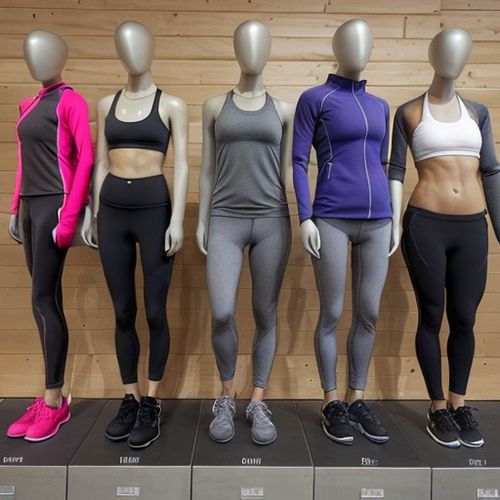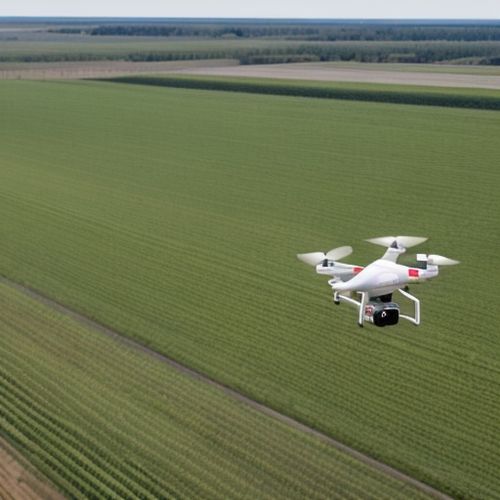Lululemon Athletica, the Canadian athletic apparel giant, has built its reputation on innovation and technical excellence in activewear. Over the past two decades, the company has quietly amassed an impressive portfolio of patents covering everything from fabric technologies to garment construction methods. This intellectual property forms a defensive moat around its premium market position while enabling continuous product differentiation in the crowded athletic apparel sector.
The foundation of Lululemon's patent strategy lies in its proprietary fabric innovations. The company's early patents focused on moisture-wicking materials with four-way stretch capabilities - technologies that became industry standards but were pioneered by Lululemon. Their signature Luon fabric, protected by multiple patents, demonstrates how the company combines chemical fiber treatments with unique knitting techniques to achieve both compression and breathability. What sets these patents apart is their specificity; rather than broadly claiming moisture management properties, they detail exact thread counts, knit patterns, and polymer blends.
Recent patent filings reveal Lululemon pushing boundaries in smart textiles. A series of granted patents in 2022-2023 describe fabrics with integrated biometric sensors that maintain wash durability after 50+ cycles. These aren't mere concept patents - the documentation includes rigorous testing protocols and performance benchmarks. The company appears to be laying groundwork for apparel that seamlessly integrates with health monitoring ecosystems without sacrificing comfort or aesthetics.
Beyond materials science, Lululemon has systematically patented construction techniques that solve specific athletic wear problems. One notable patent family covers seam placement and stitching methods that prevent chafing during high-intensity movement. Another protects a unique gusseting approach for yoga pants that provides flexibility without ride-up. These aren't frivolous design patents - each addresses documented pain points through engineering solutions validated by wear-testing data.
The company's patent portfolio reveals particular focus on women's athletic apparel, reflecting its yoga-wear origins. Detailed patents cover everything from bra strap tension distribution to leggings waistband architectures designed for different body types. This gendered innovation strategy appears deliberate, creating technical barriers to entry in a market segment where fit and function requirements differ significantly from men's athletic wear.
Lululemon's acquisition of Mirror, the home fitness startup, brought an entirely new patent dimension into its portfolio. The move added dozens of patents covering interactive workout technology, display positioning systems, and even specialized camera arrays for form correction. These patents suggest ambitions beyond apparel - toward owning the complete at-home fitness ecosystem. Recent applications show integration between Mirror's tech and Lululemon's apparel, such as garments with embedded markers for motion tracking accuracy.
What's striking about Lululemon's patent strategy is its operational focus. Unlike some companies that patent broadly for defensive purposes, Lululemon's filings consistently map to actual product roadmaps. Patent applications typically appear 18-24 months before related technologies hit stores. This tight integration between R&D, intellectual property, and product development creates a consistent innovation pipeline that competitors struggle to match.
The company maintains this edge through an unusual approach to patent enforcement. Rather than aggressively litigating against competitors, Lululemon appears to use its patents as bargaining chips in cross-licensing deals and joint development agreements. This collaborative enforcement strategy helps maintain technical leadership while avoiding the innovation stagnation that sometimes accompanies protracted IP battles.
Geographically, Lululemon's patent filings show strategic patterns. While maintaining robust protection in North America, the company has accelerated filings in European and Asian markets where technical apparel markets are growing. Recent applications in China specifically address adaptations for local manufacturing processes and climate considerations - evidence of patent strategy tailored to expansion markets rather than simple territorial extensions.
As sustainability concerns reshape the apparel industry, Lululemon's recent patent applications reveal a focus on circular economy solutions. A 2023 patent application details a chemical recycling process for breaking down blended fabrics into reusable fibers - a significant technical challenge in apparel sustainability. Other filings cover biodegradable performance fabrics that maintain durability during use but break down efficiently in composting conditions.
The depth and specificity of Lululemon's patent portfolio suggests the company views intellectual property as core to its premium market position. Unlike fast fashion competitors who prioritize rapid design turnover, Lululemon invests in fundamental technical advancements that require years of development. This approach creates durable competitive advantages that can't be copied through superficial design changes.
Looking ahead, Lululemon's patent activity indicates several emerging focus areas. Increased filings around temperature-regulating fabrics suggest developments in climate-adaptive apparel. Growing portfolios in augmented reality fitting systems and digital garment twins point to tech-integrated shopping experiences. Perhaps most intriguing are recent applications describing self-adjusting garments using shape-memory alloys - potentially revolutionary for performance fit.
What emerges from examining Lululemon's patent landscape is a company executing a long-term technical vision. Each patent family builds toward creating apparel that performs better, lasts longer, and integrates seamlessly with digital lifestyles. In an industry often driven by marketing and trends, Lululemon's commitment to substantive innovation through strategic patenting offers a case study in building enduring technical leadership.

By Sarah Davis/Apr 7, 2025

By Samuel Cooper/Apr 7, 2025

By Grace Cox/Apr 7, 2025

By Thomas Roberts/Apr 7, 2025

By Olivia Reed/Apr 7, 2025

By Daniel Scott/Apr 7, 2025

By Megan Clark/Apr 7, 2025

By Samuel Cooper/Apr 7, 2025

By William Miller/Apr 7, 2025

By John Smith/Apr 7, 2025

By Samuel Cooper/Apr 6, 2025

By Lily Simpson/Apr 6, 2025

By Daniel Scott/Apr 6, 2025

By Grace Cox/Apr 6, 2025

By Olivia Reed/Apr 6, 2025

By Emma Thompson/Apr 6, 2025

By Rebecca Stewart/Apr 6, 2025